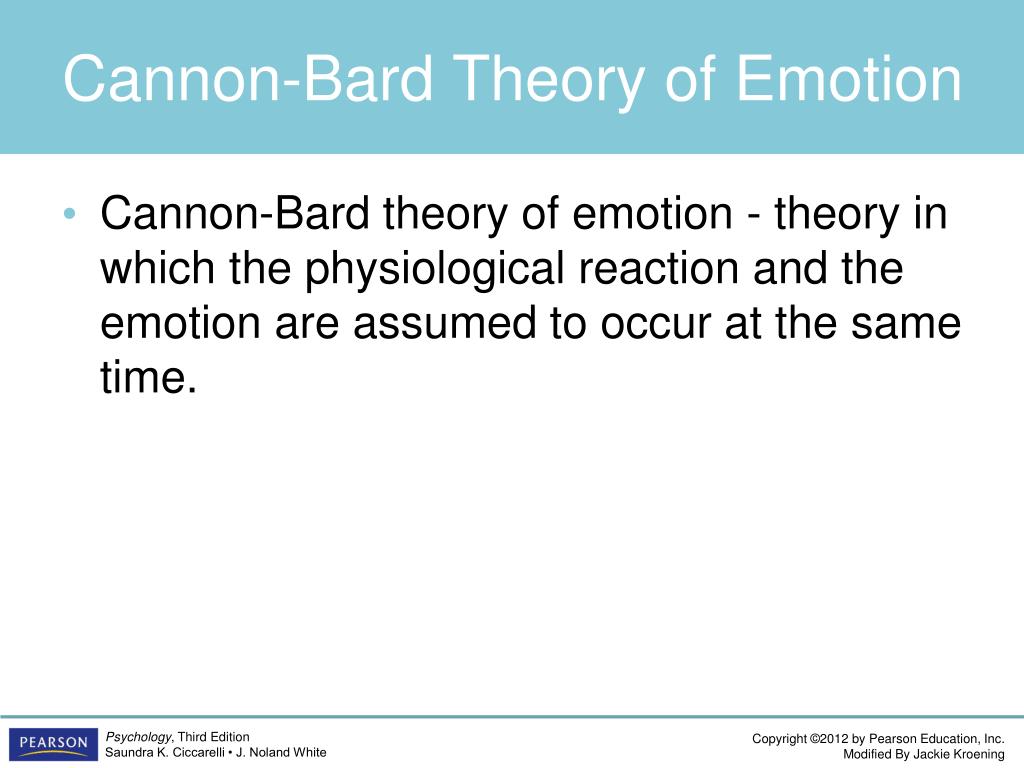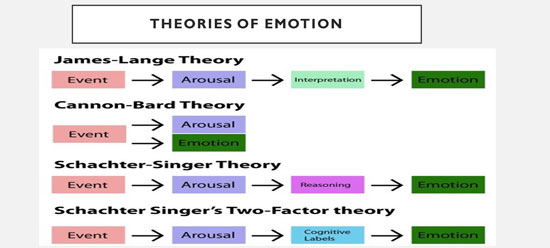

Theories of Emotion – The Neuroscience of Emotion The other emotional system involves conscious processing and has links to explicit memory – a conscious control that has a different brain circuit from the former. What Processes Control Our Emotions – Conscious Emotional Processing The system is linked to implicit memory – a deep-brain circuit operates without the deliberate conscious control. One emotion-processing system ( a fast response system) operates mainly at an unconscious level – it screens incoming stimuli quickly and helps people to respond to the potentially dangerous event quickly. Therefore you experience the emotion of fear.What Processes Control Our Emotions – Emotions in the Unconscious You hear footsteps behind you and your eyes widen, your teeth clench and your brain interprets these facial changes as the expression of fear. Just as there are an unlimited number of muscle configurations in our face, so to are there a seemingly unlimited number of emotions.ĮXAMPLE: You are walking down a dark alley late at night. it is the changes in our facial muscles that cue our brains and provide the basis of our emotions. When we frown, we then experience sadness.

In other words, when we smile, we then experience pleasure, or happiness. You hear footsteps behind you and you think it may be a mugger so you begin to tremble, your heart beats faster, and your breathing deepens and at the same time experience fear.Īccording to the facial feedback theory, emotion is the experience of changes in our facial muscles. In other words, you must first think about your situation before you can experience an emotion.ĮXAMPLE: You are walking down a dark alley late at night. Lazarus Theory states that a thought must come before any emotion or physiological arousal. This behavior is dangerous and therefore you feel the emotion of fear. Upon noticing this arousal you realize that is comes from the fact that you are walking down a dark alley by yourself. You hear footsteps behind you and you begin to tremble, your heart beats faster, and your breathing deepens. You must then identify a reason for this arousal and then you are able to experience and label the emotion.ĮXAMPLE: You are walking down a dark alley late at night. At the same time as these physiological changes occur you also experience the emotion of fear.Īccording to this theory, an event causes physiological arousal first.

The Cannon-Bard theory argues that we experience physiological arousal and emotional at the same time, but gives no attention to the role of thoughts or outward behavior.ĮXAMPLE: You are walking down a dark alley late at night. You notice these physiological changes and interpret them as your body's preparation for a fearful situation. If the arousal is not noticed or is not given any thought, then we will not experience any emotion based on this event.ĮXAMPLE: You are walking down a dark alley late at night. Only after our interpretation of the arousal can we experience emotion.

The James-Lange theory of emotion argues that an event causes physiological arousal first and then we interpret this arousal. But what comes first? The thought? The physiological arousal? The behavior? Or does emotion exist in a vacuum, whether or not these other components are present? There are five theories which attempt to understand why we experience emotion. The mainstream definition of emotion refers to a feeling state involving thoughts, physiological changes, and an outward expression or behavior. This section will present the various theories related to the acquisition of emotion. People have been attempting to understand this phenomenon for thousands of years, and will most likely debate for a thousand more. What is emotion? A feeling? Then what is a feeling? These terms are difficult to define and even more difficult to understand completely.


 0 kommentar(er)
0 kommentar(er)
